Hong Kong’s aviation sector is witnessing a curious post-pandemic phenomenon: transit passenger numbers have surged beyond pre-COVID 2019 levels, yet the average layover duration has shrunk significantly. This paradoxical trend reflects both the city’s enduring role as Asia’s premier aviation hub and shifting traveler behaviors in an era of tightened schedules and evolving airline strategies.
The Airport Authority Hong Kong (AAHK) recently reported that monthly transit traffic at Hong Kong International Airport (HKIA) now consistently exceeds 2019 figures by 8-12%, with particularly strong rebounds on routes connecting Southeast Asia to North America and Europe. However, the average connection time has dropped from 7.2 hours in 2019 to just 4.8 hours in 2024—a 33% compression that’s reshaping airport retail dynamics and operational priorities.
Industry analysts attribute the shorter dwell times to several factors. Major carriers like Cathay Pacific and Singapore Airlines have optimized their flight banks to create tighter connection windows, capitalizing on HKIA’s renowned 45-minute minimum connection time for baggage transfers. Meanwhile, business travelers—who now comprise 62% of transit passengers compared to 54% pre-pandemic—are increasingly opting for quicker turnarounds to minimize work disruption. The proliferation of premium lounges with shower facilities and workspaces has further reduced the need for extended airport stays.
Retailers in HKIA’s sprawling terminals report mixed impacts from this trend. Luxury boutiques in the restricted areas have maintained sales through higher conversion rates, with transit passengers making quicker but more focused purchases. "They know exactly what they want—often pre-researching prices online—and buy within 20 minutes," noted a Chanel boutique manager. Conversely, food and beverage outlets beyond security checkpoints have seen 18% shorter customer dwell times, prompting chains like Tsui Wah and Starbucks to introduce grab-and-go meal bundles.
The airport operator has responded with tactical adjustments. AAHK has increased the frequency of its automated people mover trains between terminals and introduced dynamic signage directing passengers with short connections. A new algorithm prioritizes security screening for flights with tight connection windows. "We’re essentially running a precision timing operation," said AAHK’s head of terminal operations. "The goal is to maintain our 99.3% on-time connection rate despite the compressed windows."
Behind the numbers lies a strategic recalibration of Hong Kong’s aviation role. While mainland Chinese hubs like Guangzhou and Shanghai have captured more point-to-point traffic, HKIA’s unparalleled route network—particularly to secondary European and North American cities—keeps it indispensable for complex itineraries. The airport has leveraged this by working with airlines to create "connection packages" that bundle tickets from, say, Hanoi to Vancouver via Hong Kong at prices competitive with direct flights from rival hubs.
Aviation consultants warn the shortened layovers could have long-term implications. "There’s a delicate balance between operational efficiency and passenger experience," noted a senior analyst at CAPA Centre for Aviation. "Hong Kong risks losing its edge as a ‘destination airport’ if travelers perceive it as just a hurried transfer point." Some suggest the airport should develop more post-security transit hotels or introduce virtual shopping experiences to compensate for reduced browsing time.
Weathering these changes, HKIA remains bullish about its future. Ongoing expansion of the Third Runway System will increase annual capacity to 120 million passengers by 2035. The airport is also testing AI-powered wayfinding systems and biometric clearance to further streamline connections. As one aviation executive put it: "Hong Kong isn’t just recovering—it’s rewriting the playbook for the super-connector hub in the 2020s."
The transit traffic resurgence carries broader economic significance. Each connecting passenger generates about HK$1,100 in aeronautical and commercial revenue—20% less than pre-pandemic due to shorter stays, but offset by higher volumes. This provides crucial support as Hong Kong’s home carrier Cathay Pacific rebuilds its network. The airport’s ability to maintain premium yields despite shorter dwell times suggests strong brand loyalty among transit passengers, particularly for luxury goods and services.
Looking ahead, industry observers will monitor whether the compressed connection times represent a permanent behavioral shift or a transitional phase. With Southeast Asia’s middle class expanding and global business travel patterns still in flux, Hong Kong’s aviation authorities face the challenge of future-proofing their hub model. The coming years may see more radical innovations—perhaps airside micro-hotels or AI-powered personal shopping assistants—to reconcile the competing demands of speed and passenger experience in the new era of aviation.

By Elizabeth Taylor/Apr 11, 2025

By Christopher Harris/Apr 11, 2025

By William Miller/Apr 11, 2025

By Rebecca Stewart/Apr 11, 2025

By Megan Clark/Apr 11, 2025

By Grace Cox/Apr 11, 2025

By Benjamin Evans/Apr 11, 2025
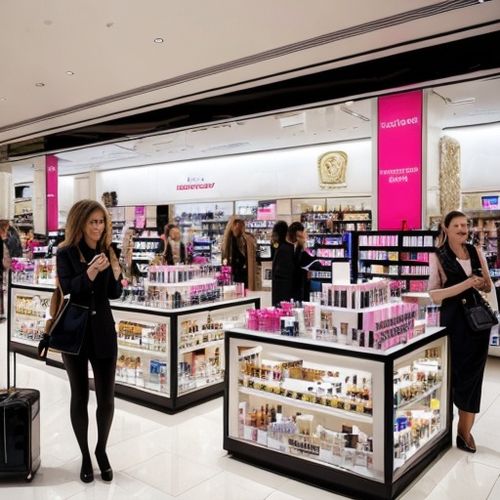
By Victoria Gonzalez/Apr 11, 2025
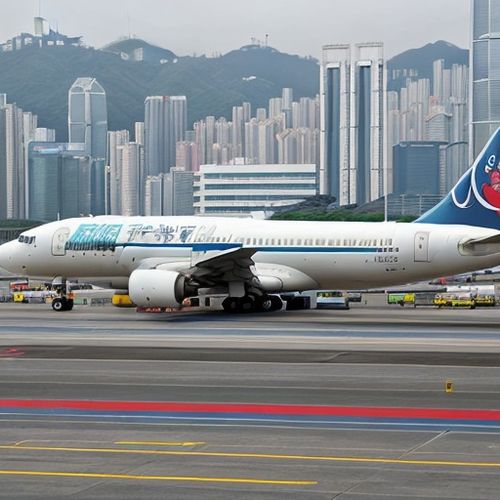
By Thomas Roberts/Apr 11, 2025

By James Moore/Apr 11, 2025

By George Bailey/Apr 11, 2025
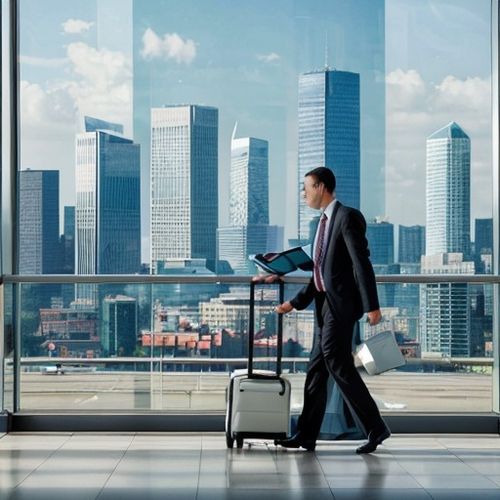
By Lily Simpson/Apr 11, 2025

By Megan Clark/Apr 11, 2025
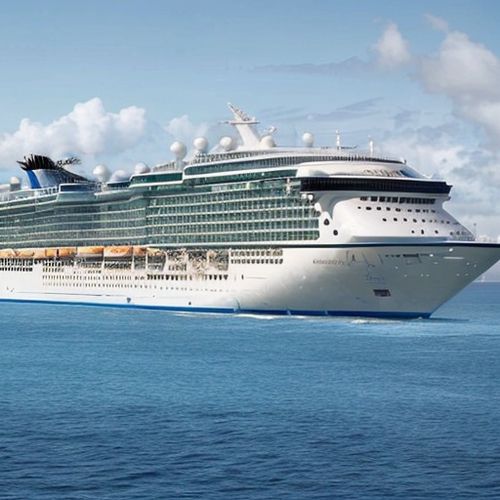
By Jessica Lee/Apr 11, 2025

By Olivia Reed/Apr 11, 2025
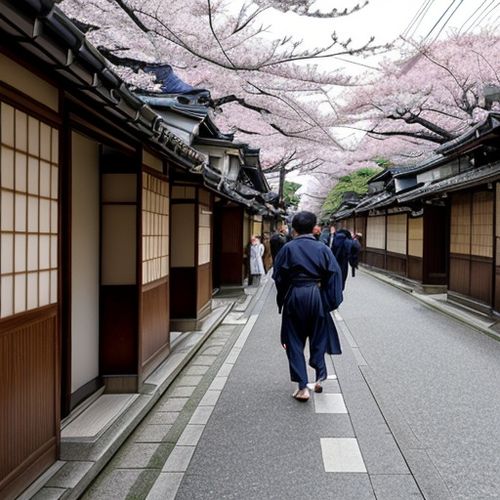
By George Bailey/Apr 11, 2025

By Emily Johnson/Apr 11, 2025

By Victoria Gonzalez/Apr 11, 2025

By William Miller/Apr 11, 2025

By Grace Cox/Apr 11, 2025